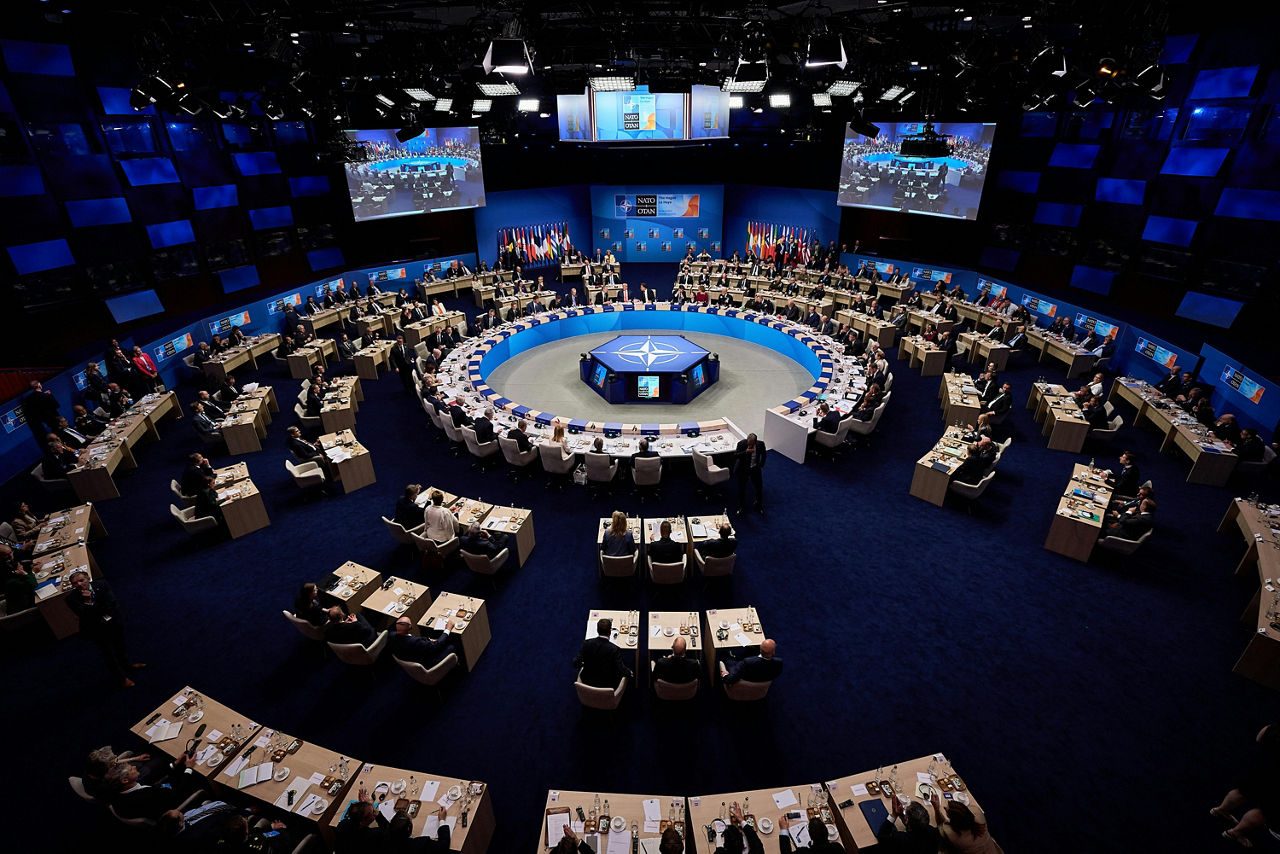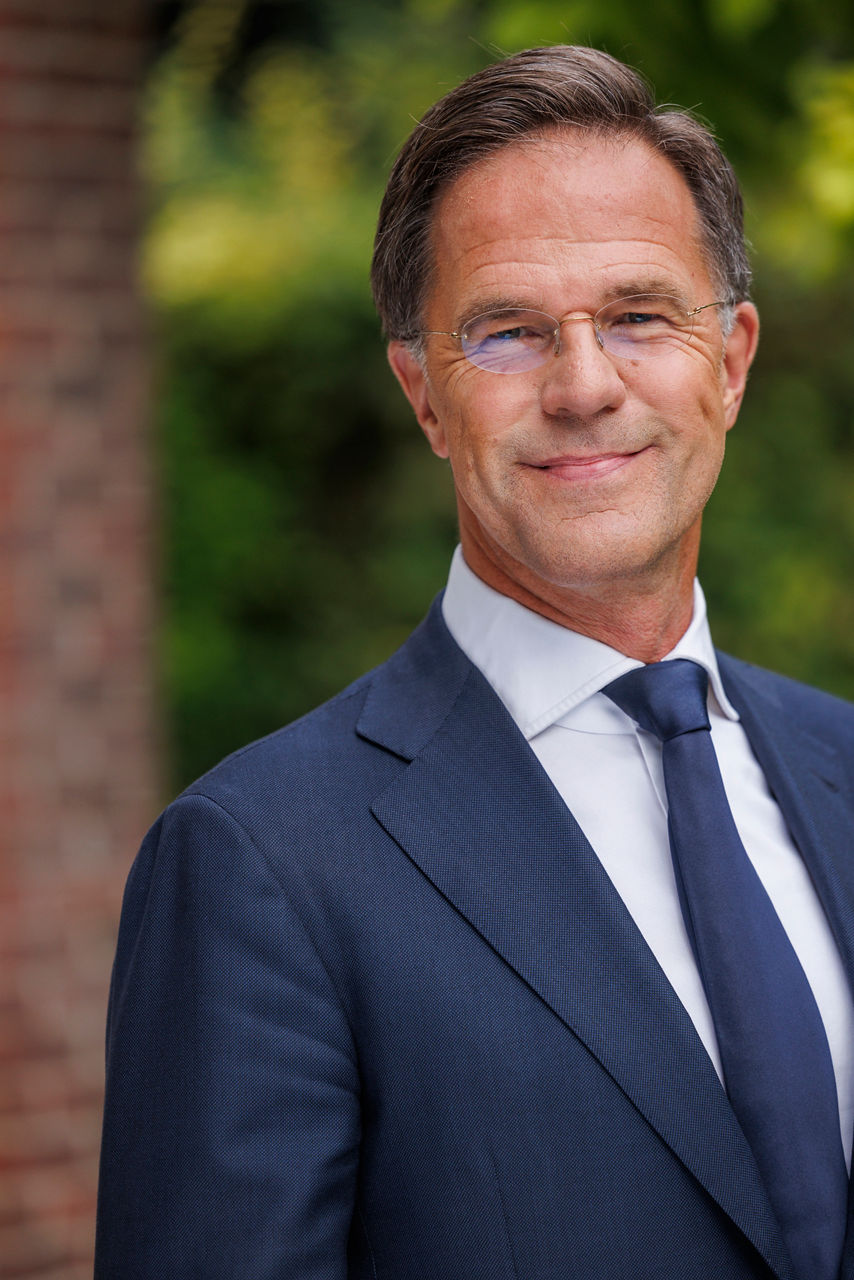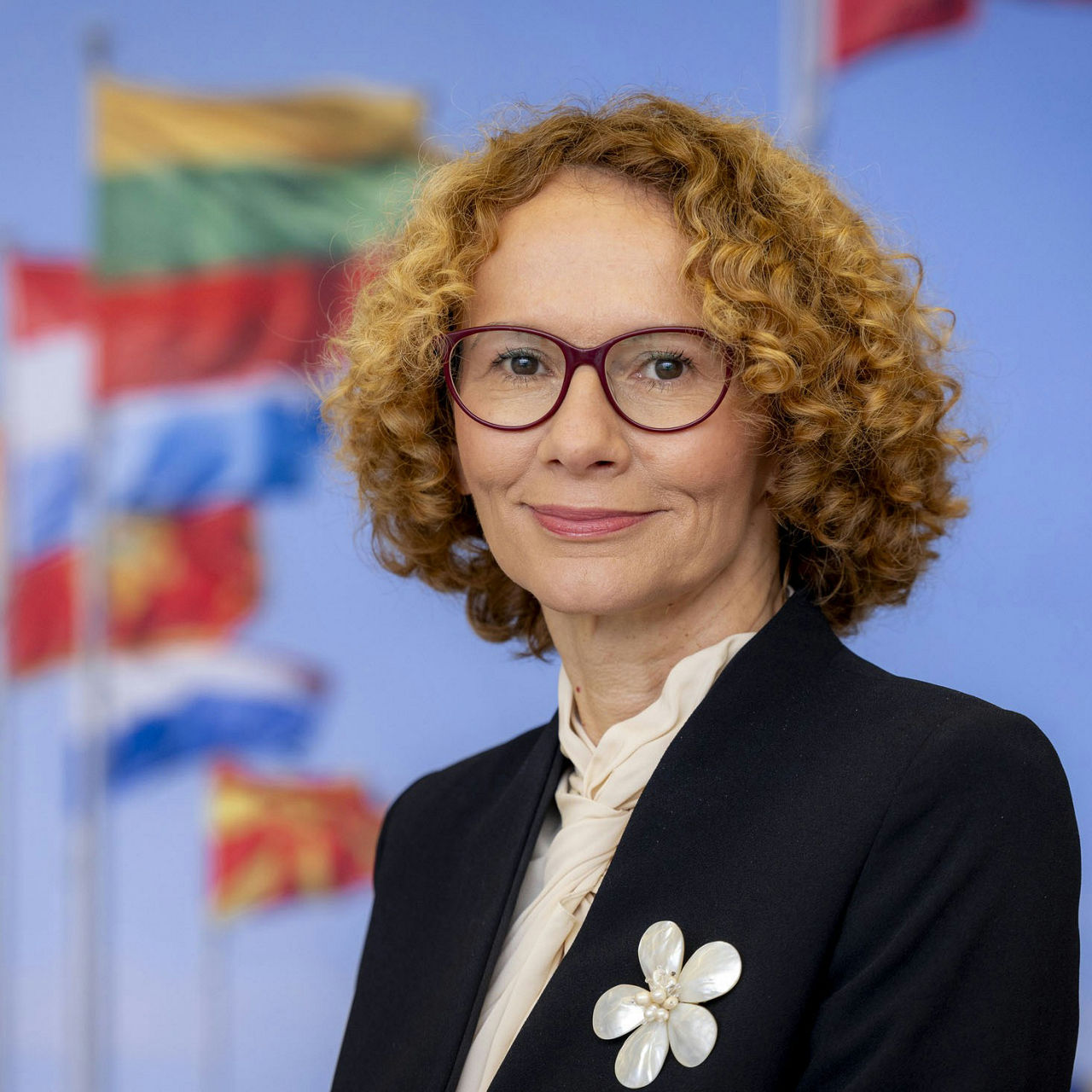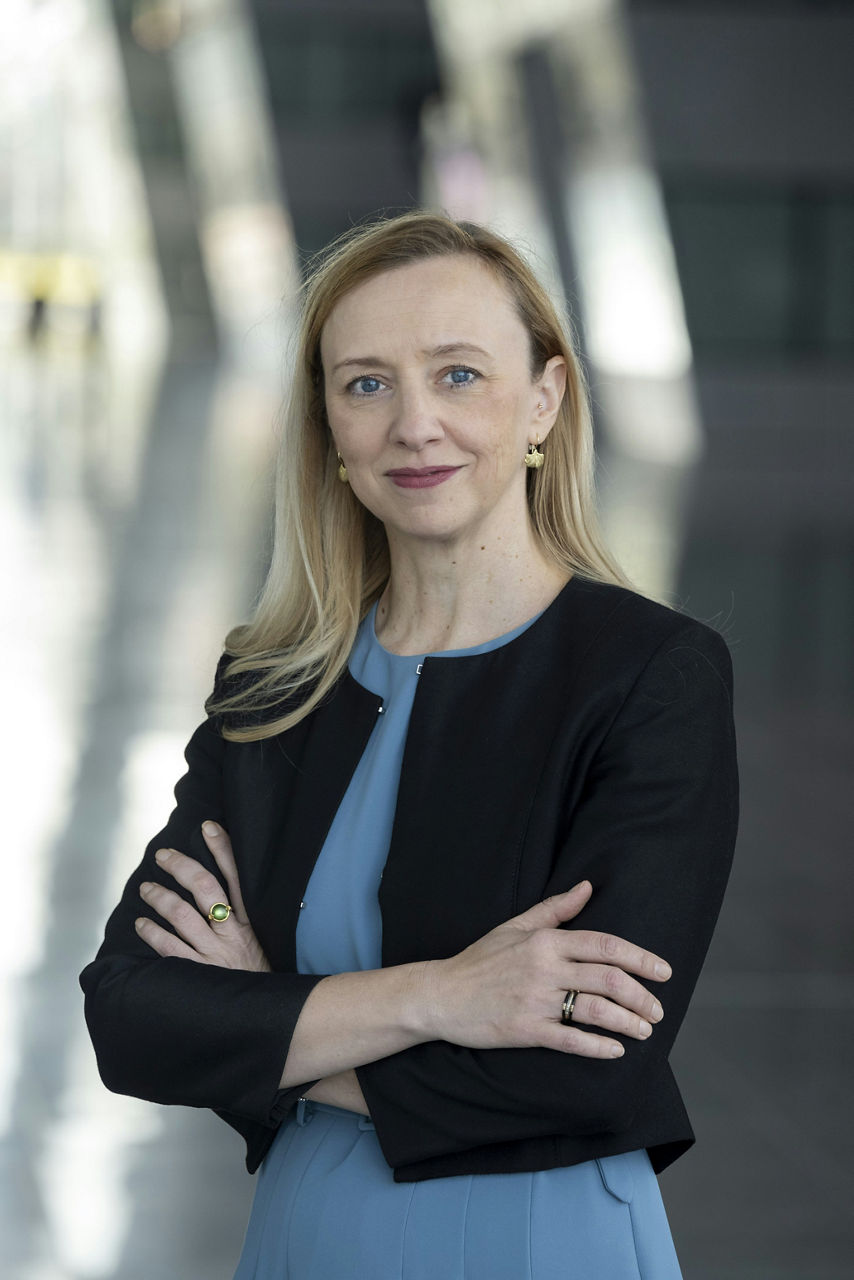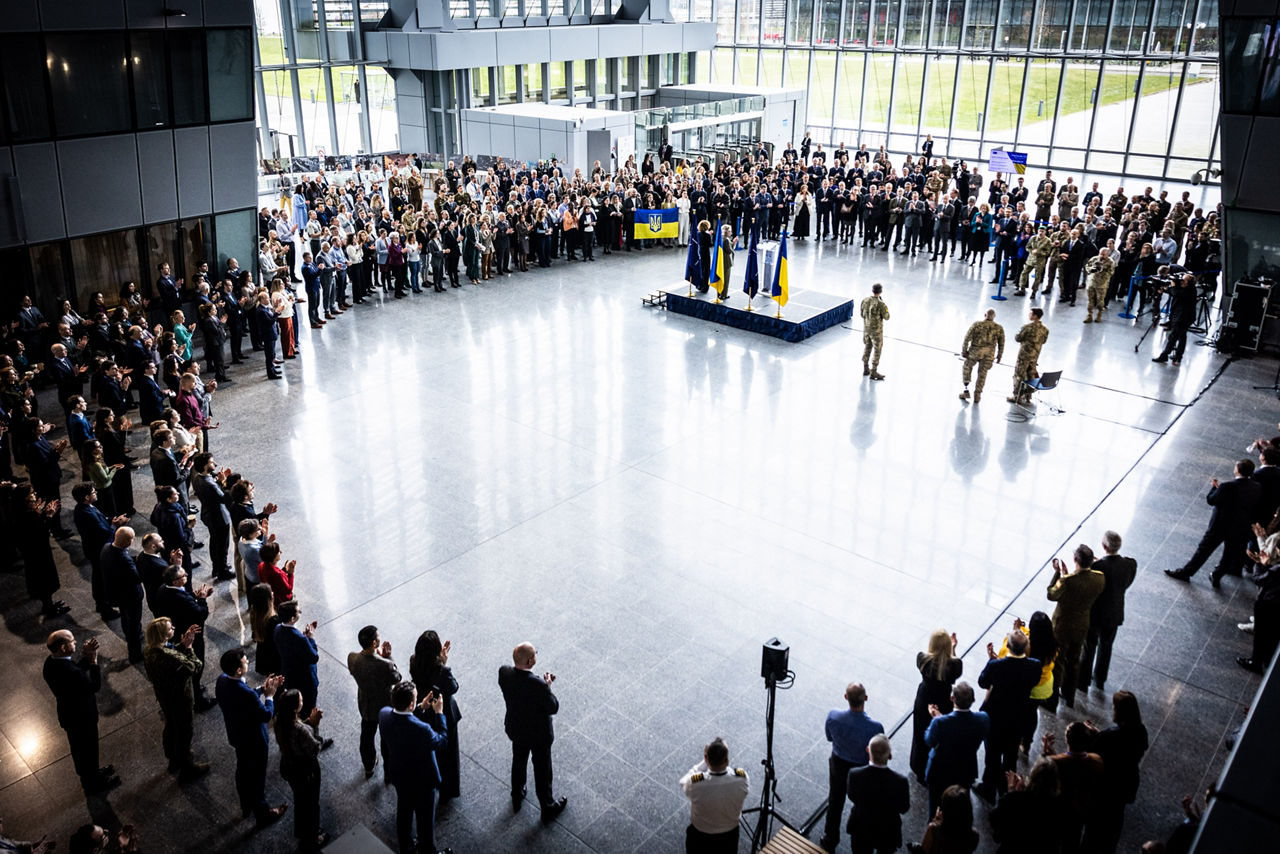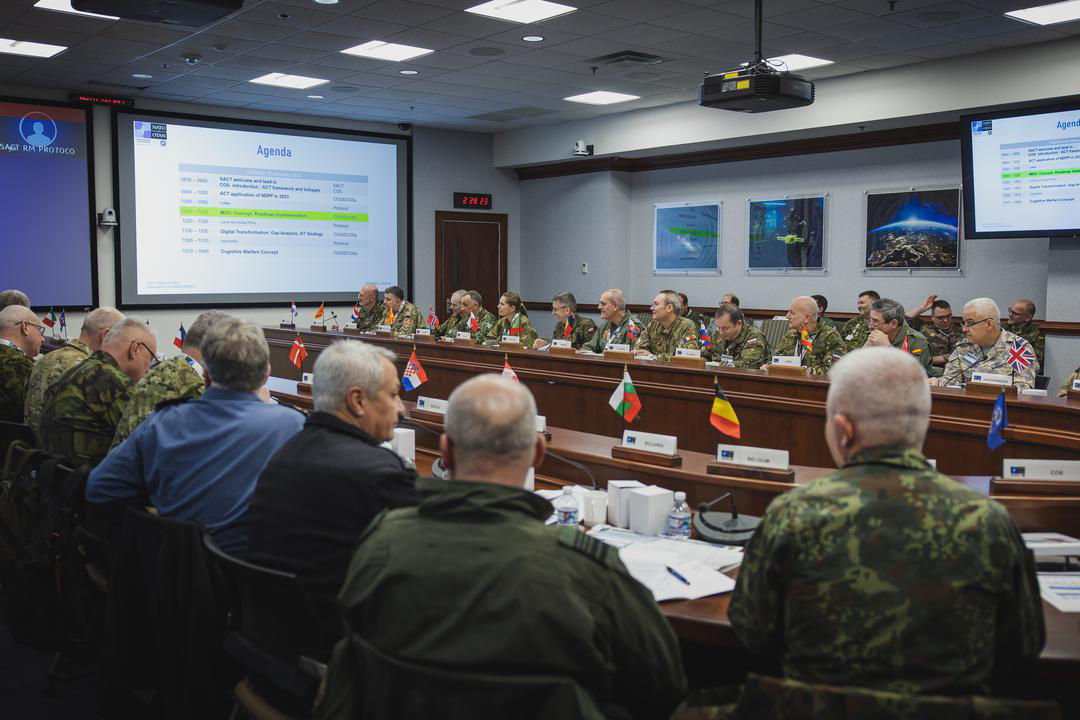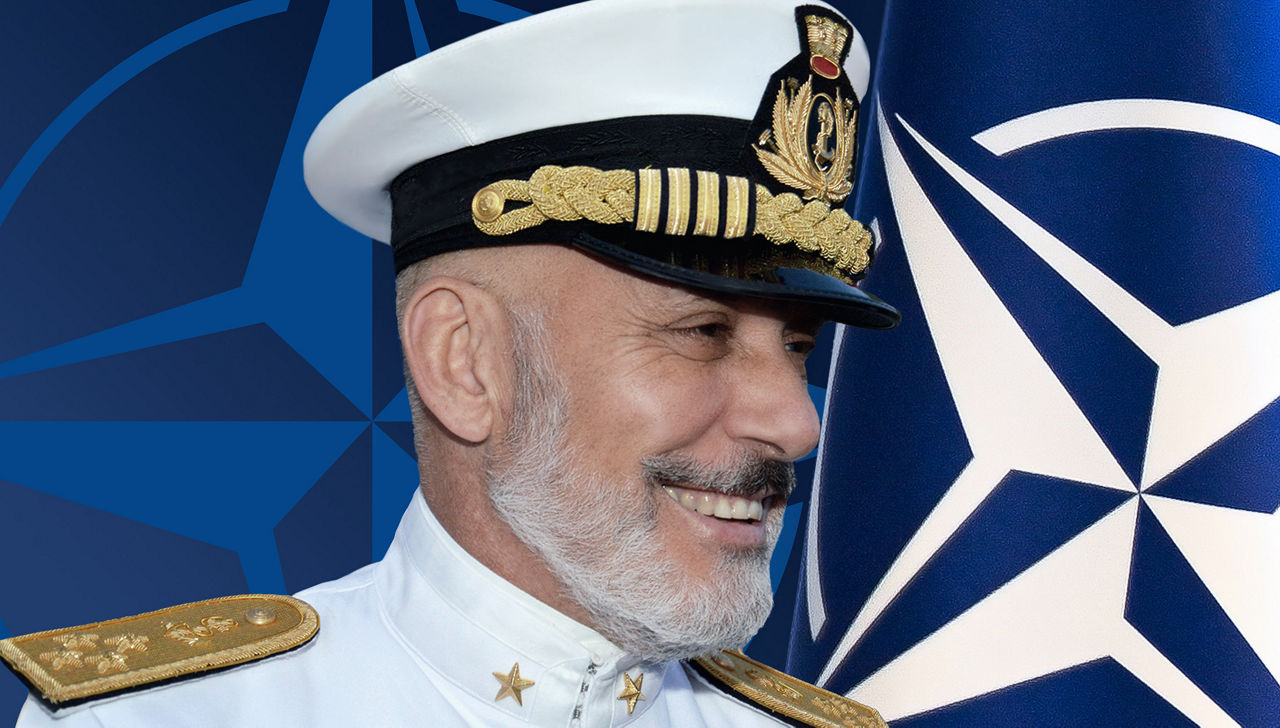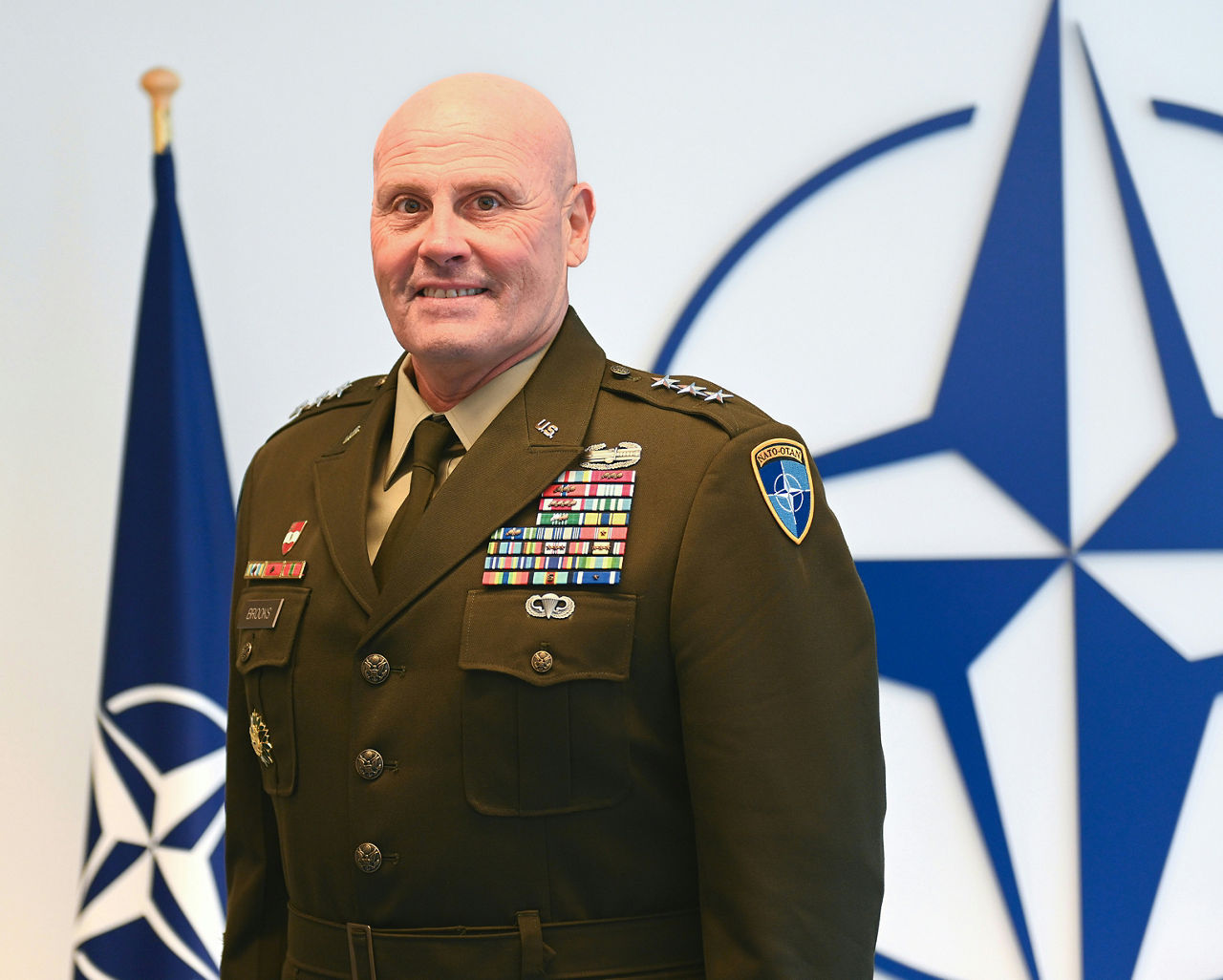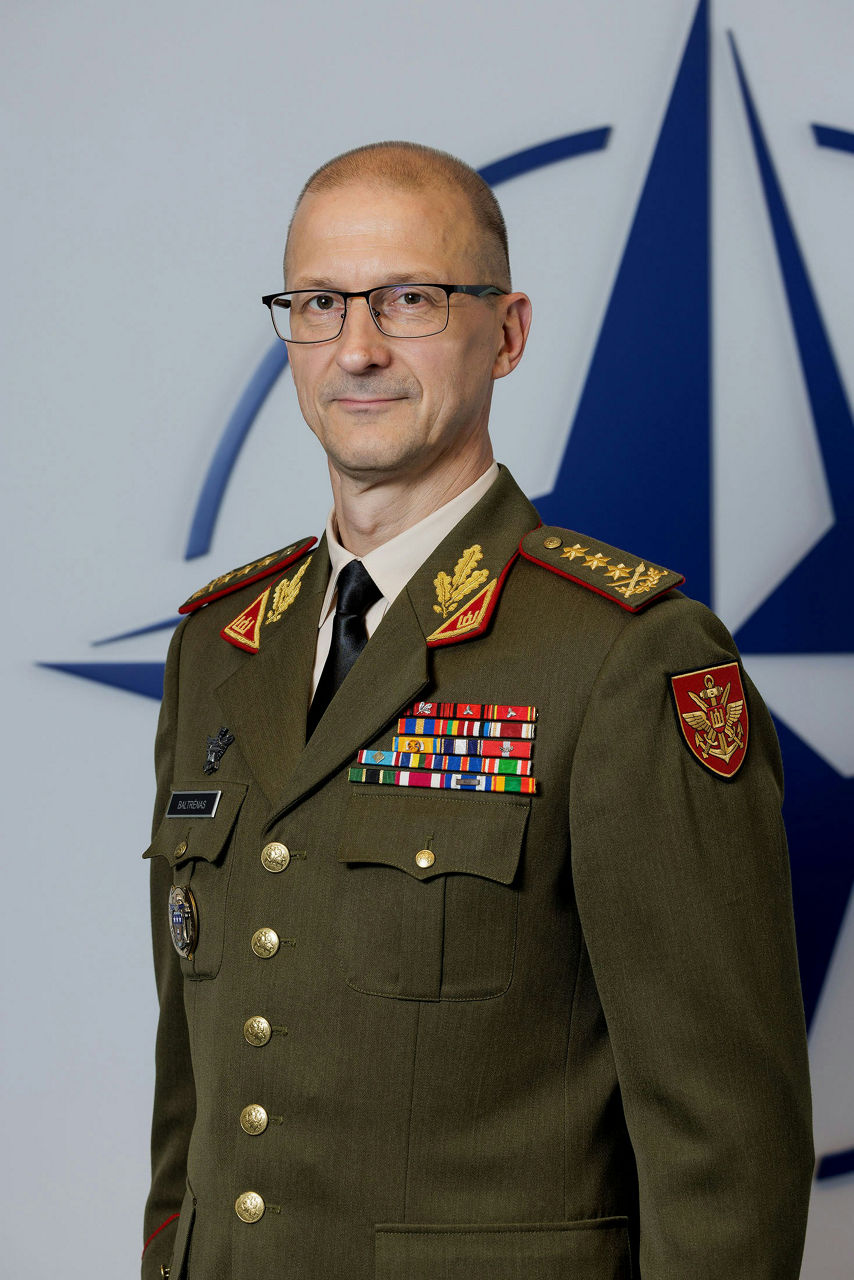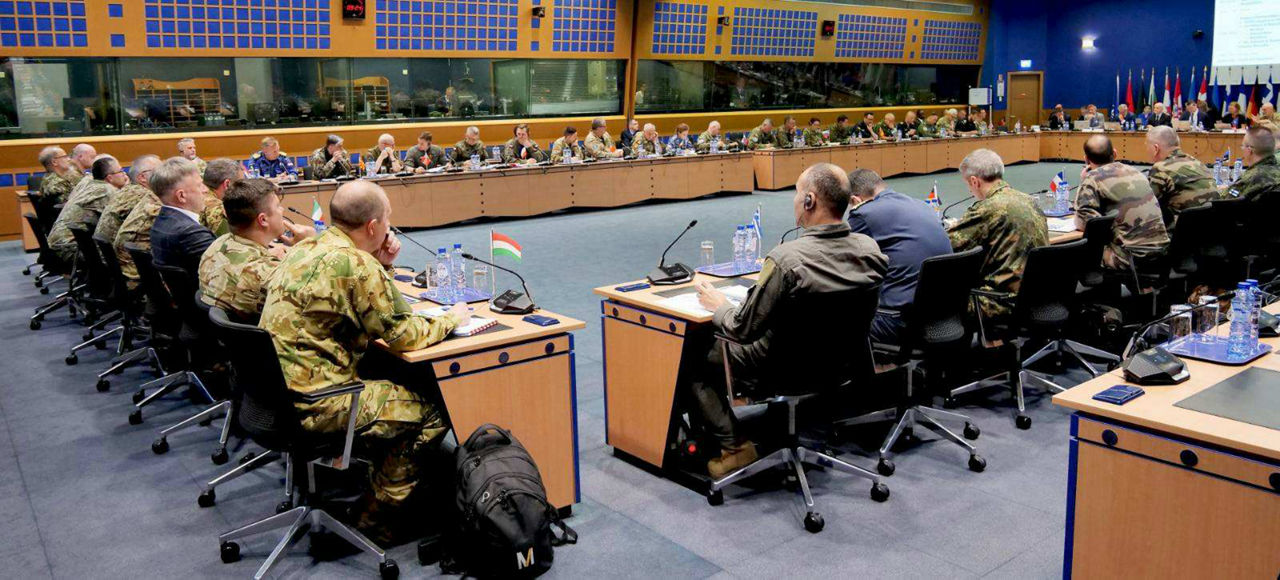Download NATO’s broadcast-quality video content free of charge

Log in
NATO MULTIMEDIA ACCOUNT
Access NATO’s broadcast-quality video content free of charge

Check your inbox and enter verification code
You have successfully created your account
From now on you can download videos from our website
Subscribe to our newsletter
If you would also like to subscribe to the newsletter and receive our latest updates, click on the button below.
Enter the email address you registered with and we will send you a code to reset your password.
Didn't receive a code? Send new Code
The password must be at least 12 characters long, no spaces, include upper/lowercase letters, numbers and symbols.
Your password has been updated
Click the button to return to the page you were on and log in with your new password.
NATO Strategic Commands
The NATO Command Structure, the overarching military command system for NATO, consists of two Strategic Commands: Allied Command Operations (responsible for the planning and execution of all NATO military operations) and Allied Command Transformation (in charge of the Alliance’s military adaptation).
See biographies of senior military officers below on the Allied Command Operations and Allied Command Transformation websites.

